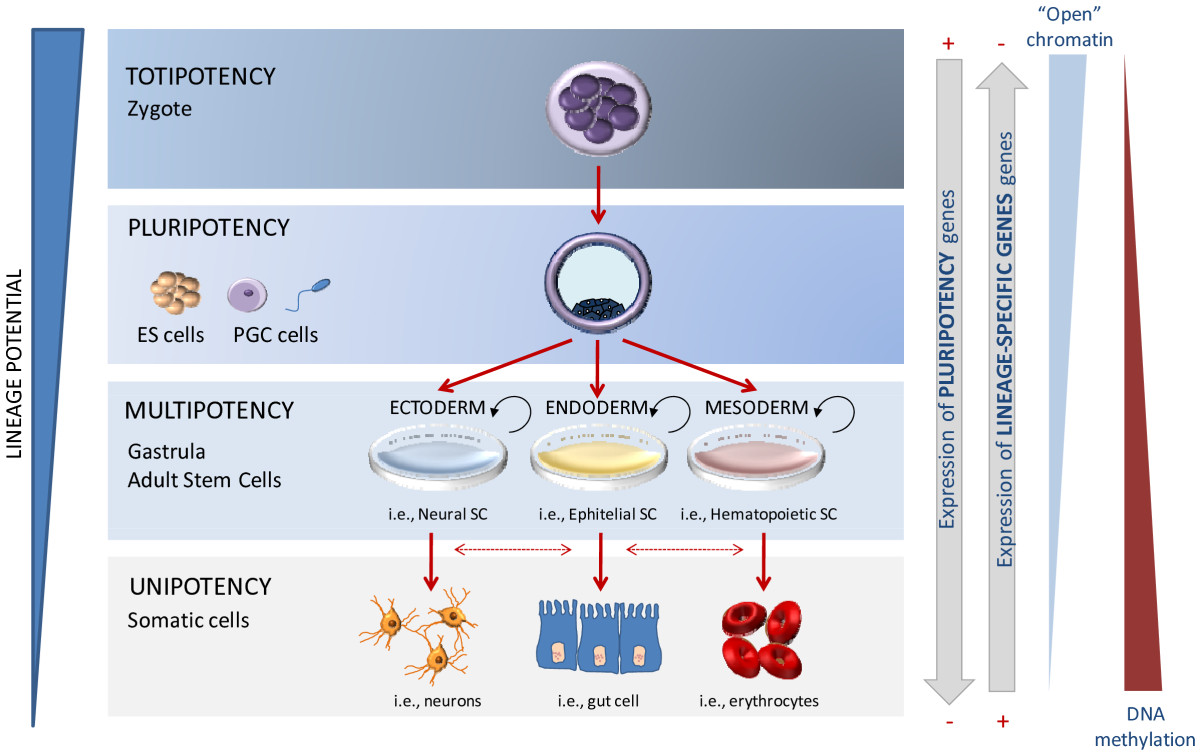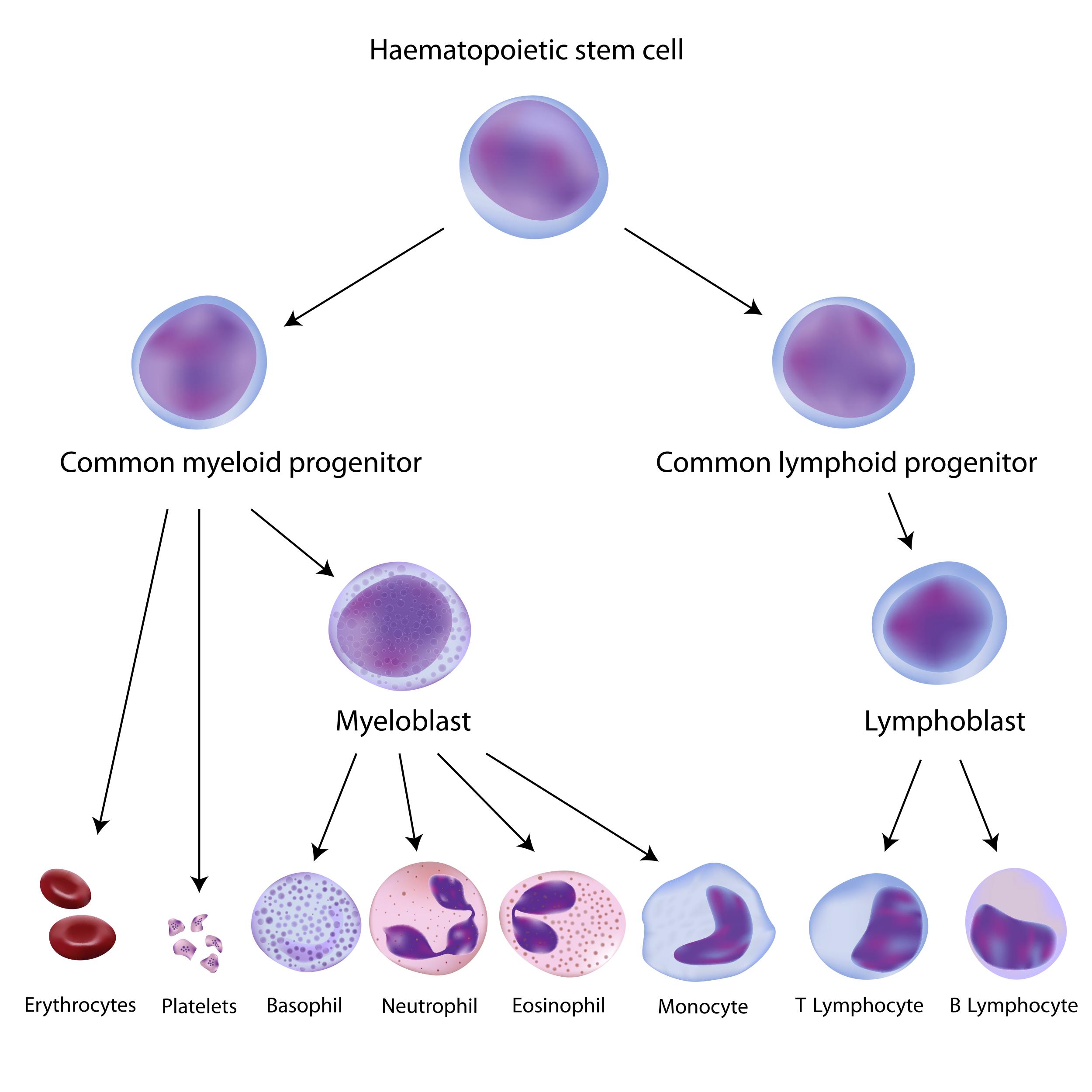Is there a subtle difference between these two concepts or are they basically the same thing? When I mean differentiated, I don't mean terminally differentiated.
-
2$\begingroup$ lineage restricted stem cells are multipotent i.e they can give rise to only a few types of cells. Embryonic stem cell to hematopetic cell is also differentiation. Differentiation just means becoming into a specialized cell which can even be a lineage restricted multipotent stem cell. $\endgroup$– WYSIWYGCommented Aug 26, 2013 at 14:33
-
$\begingroup$ So they are basically the same concept? $\endgroup$– Damian KaoCommented Aug 27, 2013 at 7:06
-
$\begingroup$ differentiation leads to lineage restriction $\endgroup$– WYSIWYGCommented Aug 27, 2013 at 16:23
-
$\begingroup$ I agree with @WYSIWYG and add that I tend to see 'lineage restriction' usually as a function of assay conditions (ie the precursor cell population could become X and Y but now the cell can only become X, so the cell is lineage restricted) whereas differentiation is a function of phenotype (i.e. looks more like maturing cell X than maturing cell Y). But the concepts are clearly inter-related $\endgroup$– PlaysDiceCommented May 30, 2014 at 14:33
1 Answer
When you look at the development of the embryo, at the beginning all cells are totipotent, meaning they can develop into any cell type of the body. This changes relatively fast by differentiation, which means that the totipotent cells develop into more specialized cell types, which then can not give rise to all cell types. So the different germ layers (meso, ecto- and endoderm) develop and from these all the cell types in our body. See the first figure for clarification (from here):

Lineage restriction means that you have a differentiated cell line, which can only further develop into cells of this line. So hematipoietic stem cells can only further develop into cells of the hematopietic line (lymphocytes, erythrocytes, basophiles and so on), like shown in the figure below (taken from here):

